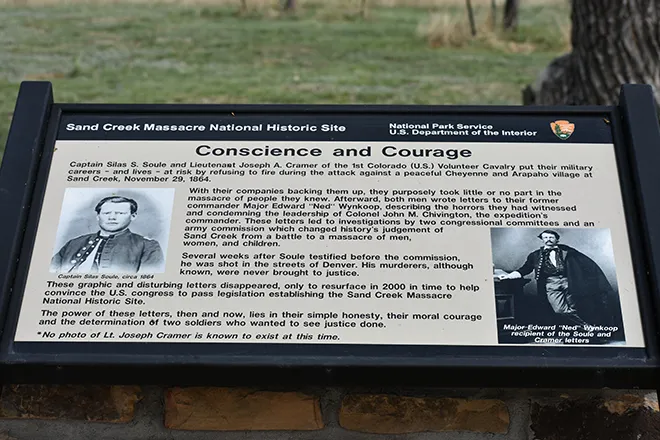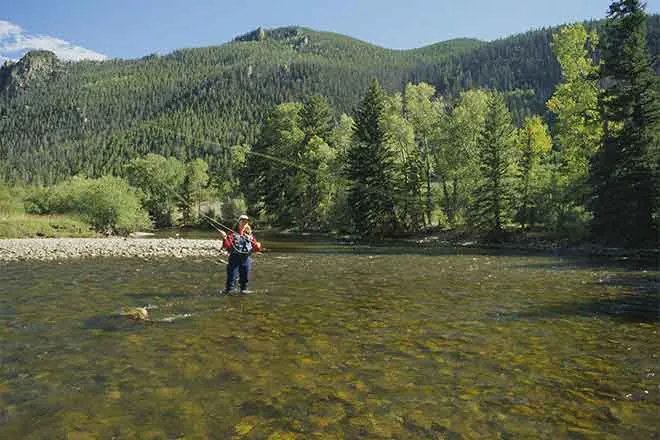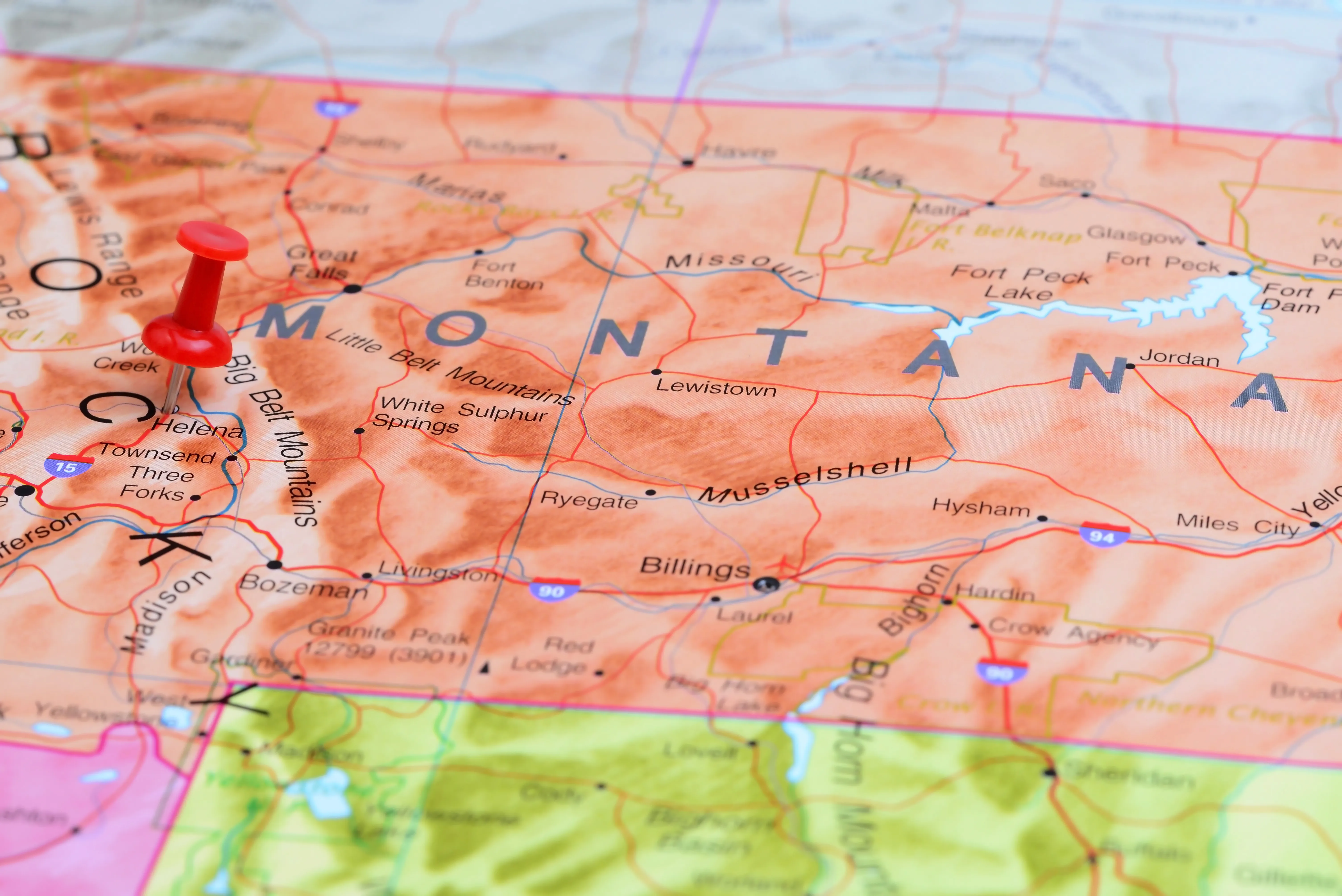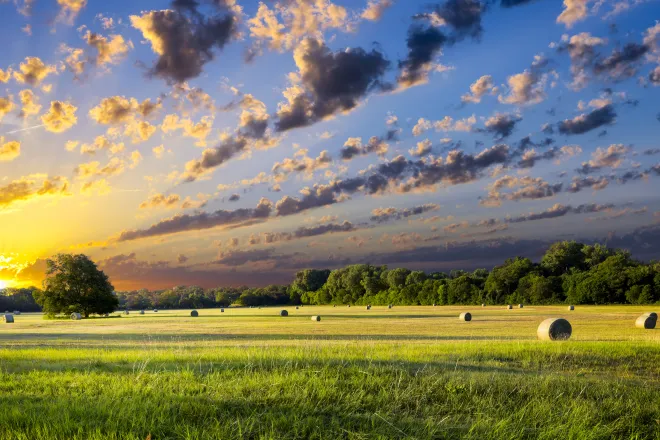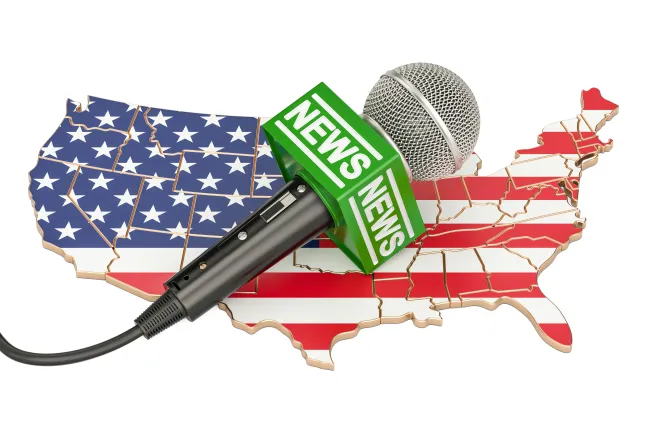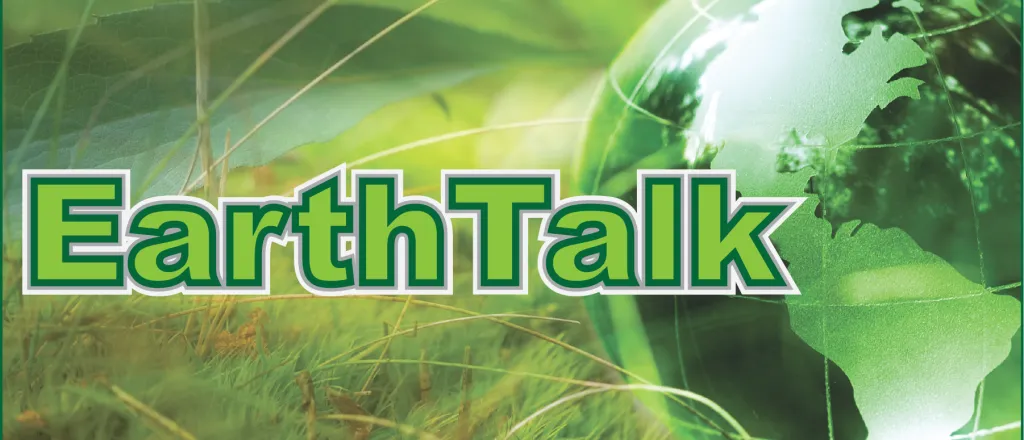
EarthTalk - Why do some wild animals live in cities more than in rural areas?
©
Dear EarthTalk:
Why do some wild animals live in cities more than in rural areas?
L.K. via email
When people think of wildlife, they often picture animals wandering in nature. However, in the past 15 years, scientists have found more animals moving into and thriving in cities—sometimes even more successfully than in their natural habitats.
Before learning about why animals are moving to cities, it’s important to understand what urban and rural mean. Urban areas are densely populated regions dominated by human activity. Rural areas are sparsely populated with more natural ecosystems. Wildlife that successfully adapt to city life ae often called urban wildlife. Unlike rural areas, where animals rely on seasonal food cycles, the urban environment provides them with more predictable food sources like waste bins, pet foods and restaurant waste, ensuring a steady food supply. Thus, animals endure harsher habits in rural areas, leading to greater migration into the city.
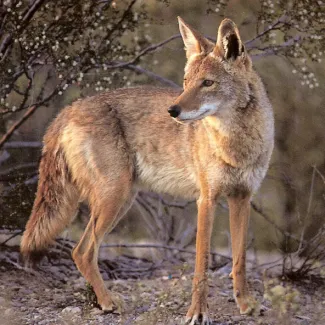
Coyote - Colorado Parks and Wildlife
“Anecdotally, we see high densities of coyotes in nature preserves and urban parks,” said Emily Zepeda, of the School of Environment and Natural Resources from Ohio State University. “Also, in low-income areas, coyotes are 1 1/2 times more likely to survive to age two than in high-income areas,” due to the amount of human food waste. The presence of humans discourages natural predators, unlike rural areas where predation is a major threat to wildlife. Thus, animals prefer cities, as they can thrive with less competition. Moreover, urban settings provide animals with shelter, like parks and suburban green spaces. Also, warmer microclimates in cities make survival easier for animals that struggle in colder rural areas.
Urban wildlife is adapting to cities in many ways. Lauren Stanton, a PhD candidate at the University of Wyoming, says that raccoons in Toronto “are making rapid associations, and they can alter their behavior.” To find more food sources, animals have learned to synchronize their behavior with human activity; for example, raccoons have learned to get inside rubbish bins with securely locked lids. And pigeons typically nest on cliffs, and a multi-story building is indeed a type of cliff, albeit manmade. Therefore, adapting to cities isn’t hard for the pigeons due to preadaptation.
Living in cities as urban wildlife isn’t easy. There is a risk of vehicle collisions, habitat fragmentation and human-wildlife conflict. Thousands of animals die each year on roads. Humans are also at risk. Animals cause serious road hazards. Bears break into homes and garages to search for food. Ultimately, humans need to balance urbanization with wildlife needs, like expanding natural habitats, thoughtful city planning and wildlife corridors to ensure a future where both species can live together safely and peacefully.
CONTACTS
- Deer, Bear and Everywhere: Animals Move Into the City, stateline.org/2020/03/09/deer-bear-and-everywhere-animals-move-into-the-city/
- Does city life make animals smarter?, https://www.bbc.com/future/article/20200416-how-city-life-can-breed-smarter-pests.
EarthTalk® is produced by Roddy Scheer & Doug Moss for the 501(c)3 nonprofit EarthTalk. See more athttps://emagazine.com. To donate, visit https://earthtalk.org. Send questions to: question@earthtalk.org.


